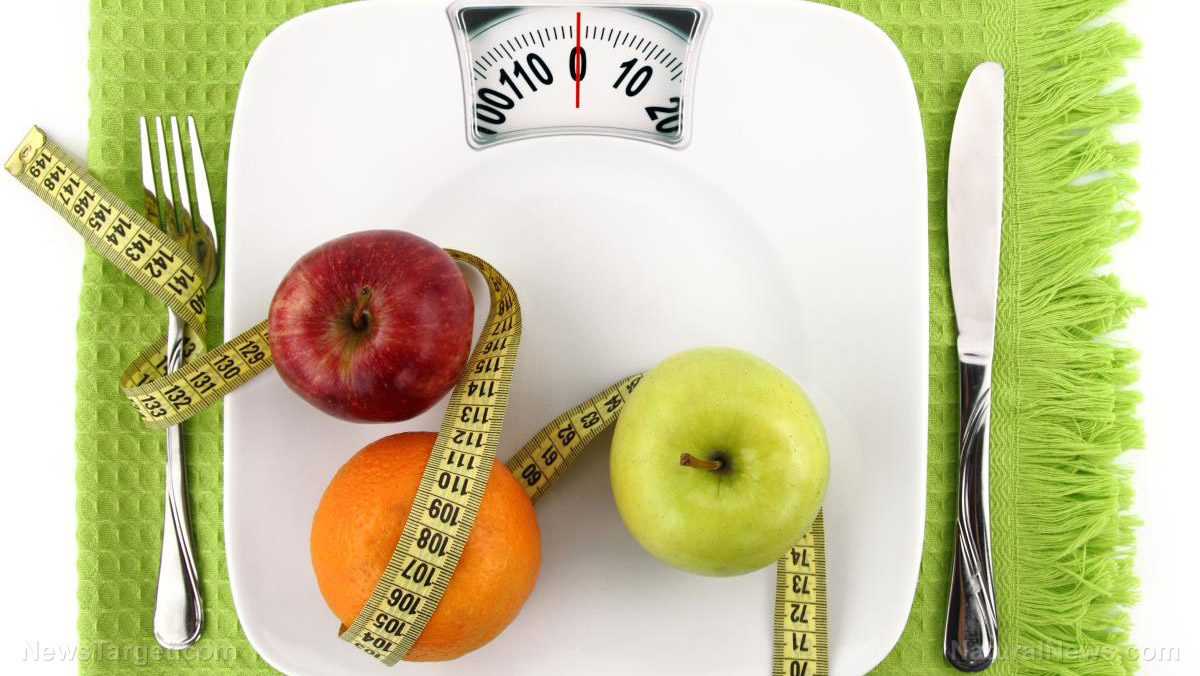
The diet encourages the intake of whole foods. These include seeds, nuts, fruits, vegetables, wild game, and eggs. Dairy products, however, as well as beans, grains, cereals, salt, alcohol, and processed foods are excluded. This stems from the belief that food items that were not available during the Paleolithic period could be dangerous to health.
Some studies have shown that the Paleo diet can be a healthy way to lose weight. According to research, the diet takes approximately 30 percent calories from protein, 35 percent from carbs, and 35 percent from fats. (Related: Ancient 'Paleo' diet key to healthy living and weight loss, some say)
One benefit that Paleo has is that it increases a person's potassium content, a result of increased intake of fruits and vegetables. This, in turn, helps maintain healthy blood pressure, as well as improved kidney and muscle function. The diet also contains healthy fats, which is another benefit. Paleo involves consuming moderate amounts of unsaturated fats – most of which are found in nuts, avocado, and olive oil. This ultimately helps support a healthy lipid profile.
Paleo also provides high levels of protein, which is important for growth and development of the skin, muscles, bone, and cartilage. Moderate amounts of lean protein in the diet bring about a healthy body composition and a reduced insulin response.
With Paleo, you ultimately eliminate processed food items in your diet. Removing these will improve blood sugar levels and blood pressure and reduce the likelihood of the risk of cardiovascular disease and diabetes.
However, the Paleo diet also has its disadvantages – one of which is that food portions exceed their recommended daily allowances. In addition, excluding entire food groups can also result in missing out on certain essential nutrients and vitamins.
Another risk in following the Paleo diet is calcium deficiency, mainly due to the exclusion of common calcium sources such as milk, cheese, and yogurt. When the intake of calcium is inadequate, it can lead to low bone and tooth density. The Paleo diet also excludes whole grain consumption, potentially affecting fiber consumption which is helpful to gut health. Legumes are also not part of the diet, which leaves out potential benefits for the gut and rich sources of magnesium, selenium, and manganese.
A hot topic for debate with the Paleo diet is whether it still fits today's needs. Humans today are not genetically similar to ancestors from the Paleolithic period, and there have significant changes to adapt to this ever-changing environment.
Moreover, the diet doesn't account for all food items available during the Paleolithic period, and the evidence isn't enough to justify the exact amount of food consumed during those times. It's not only humans that have changed – plants have also developed since then, changing their nutritive value with it.
With the risks and benefits of the Paleo diet, it's a good reminder for anyone eager to try it out. Take the time to understand the diet, and see if it works for you – don't just hop on the bandwagon.
Read more news stories and studies on diet plans by going to Slender.news.
Sources include:
Please contact us for more information.























